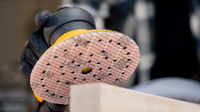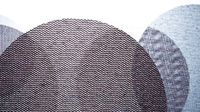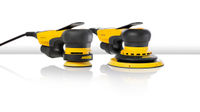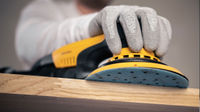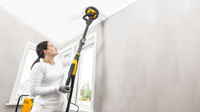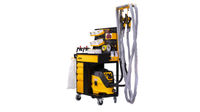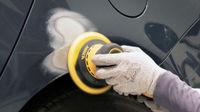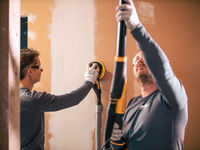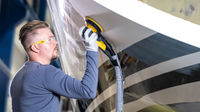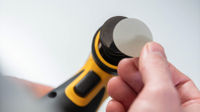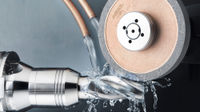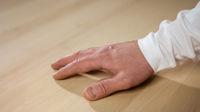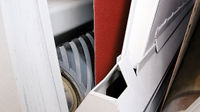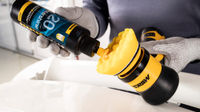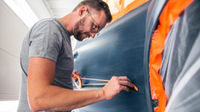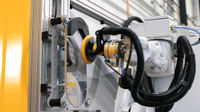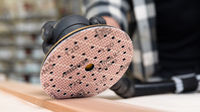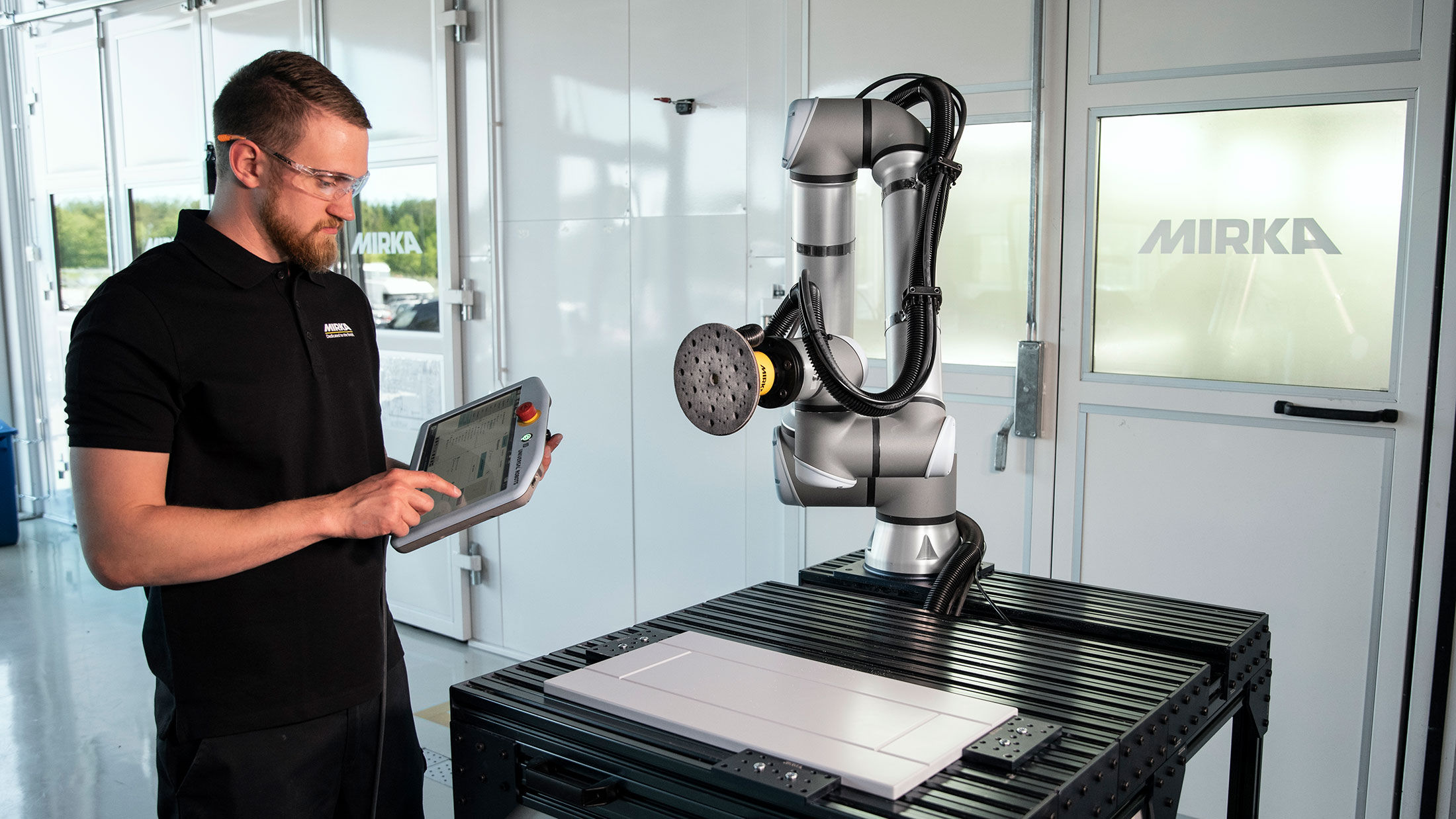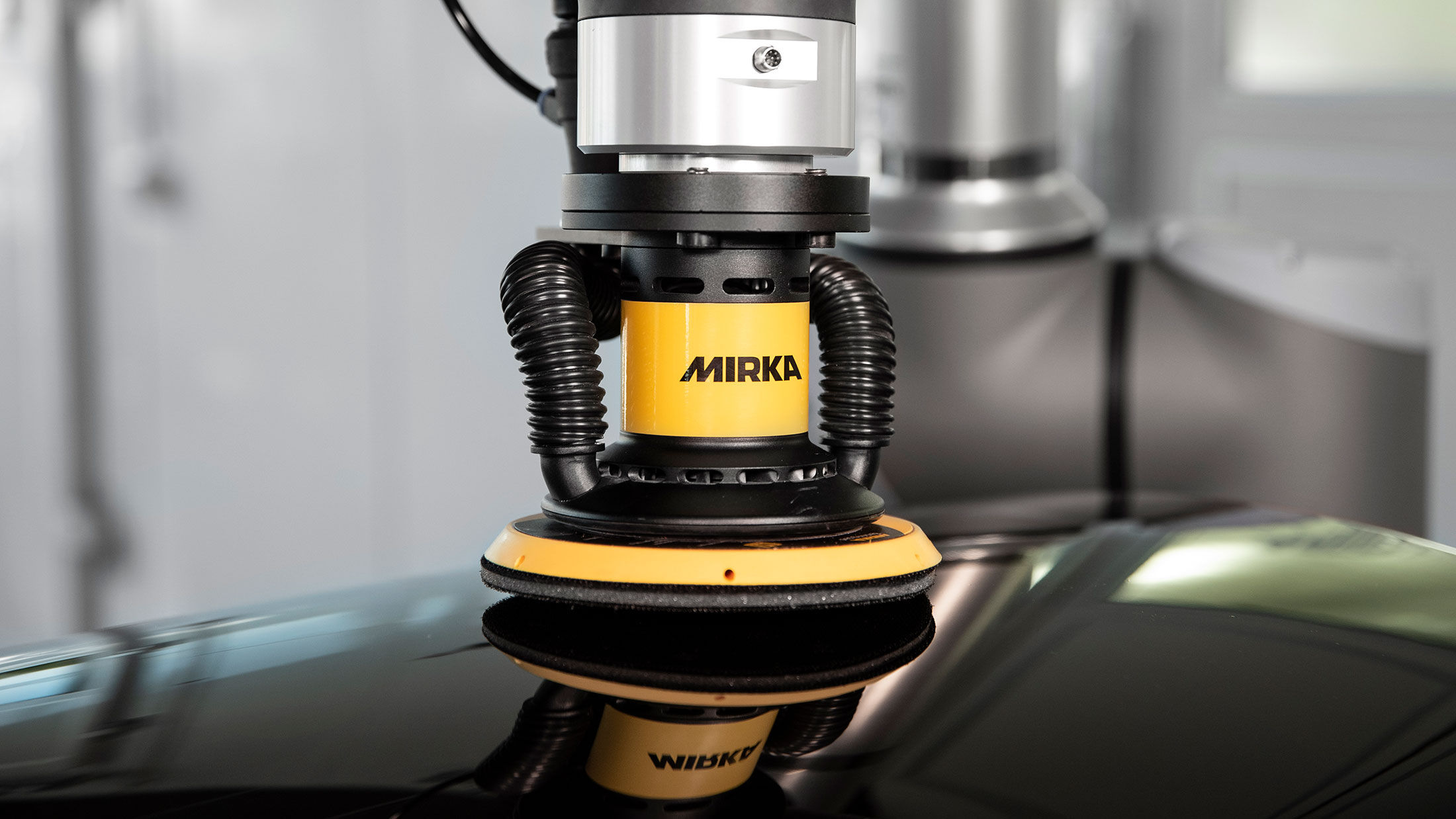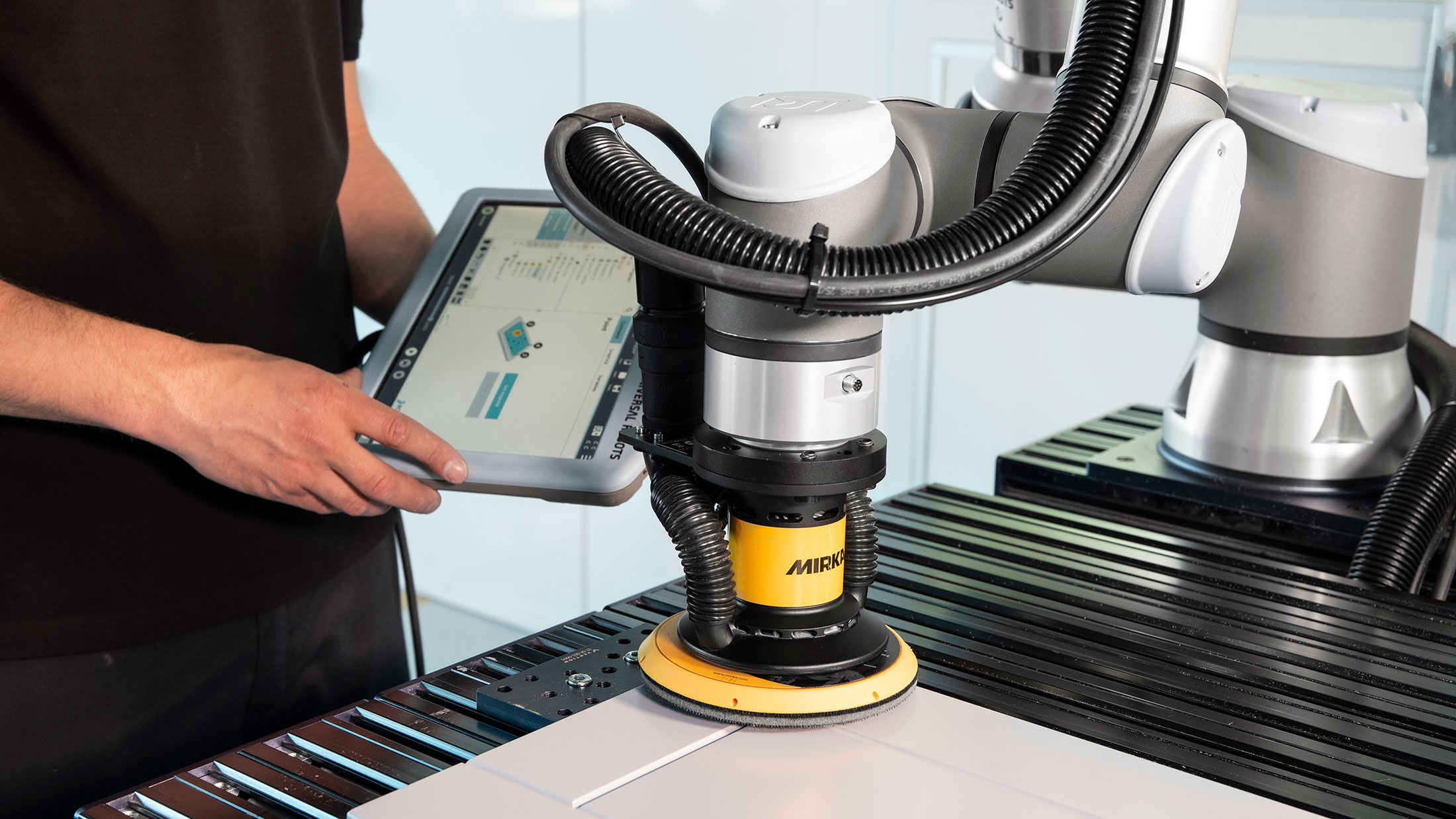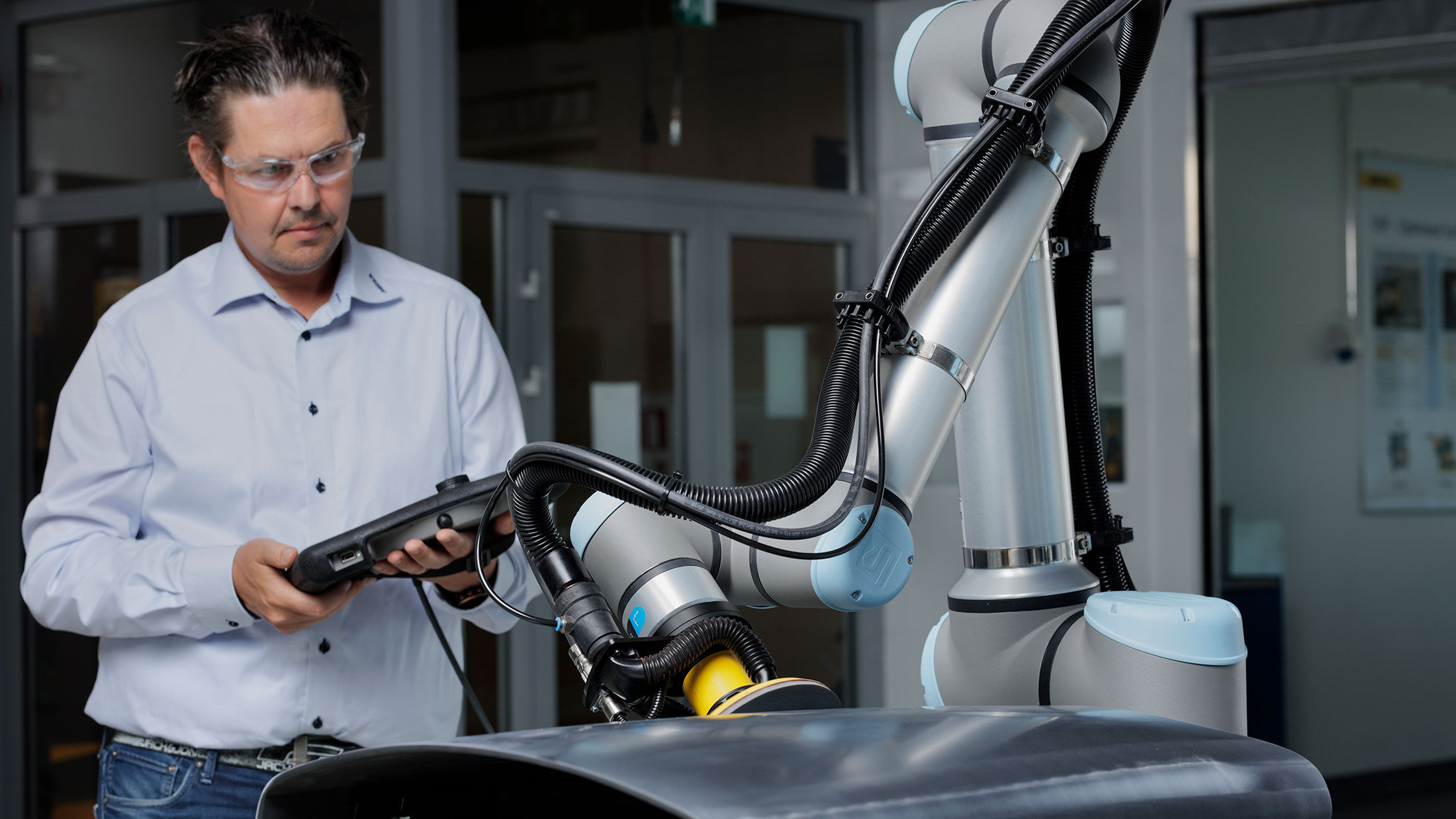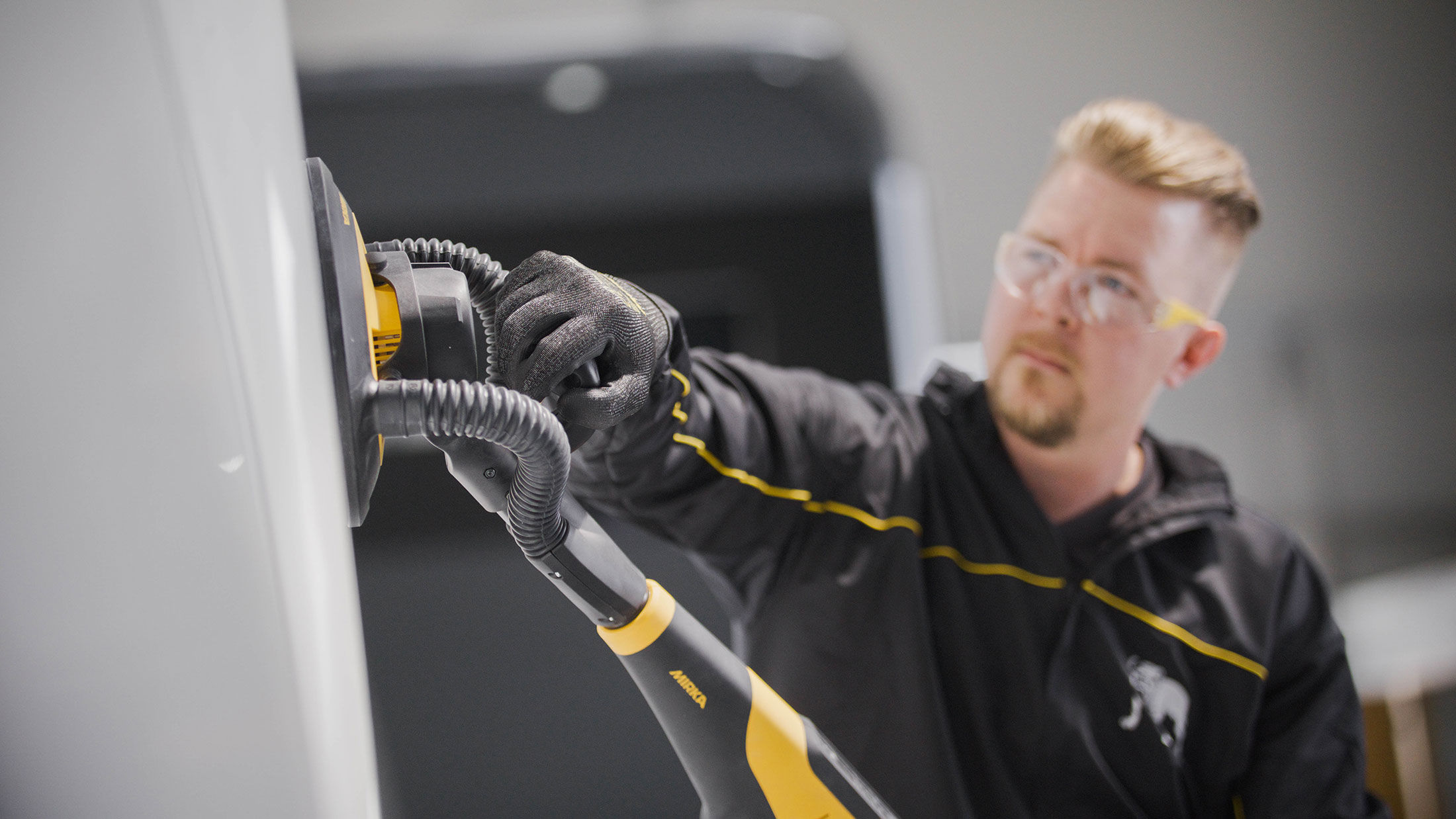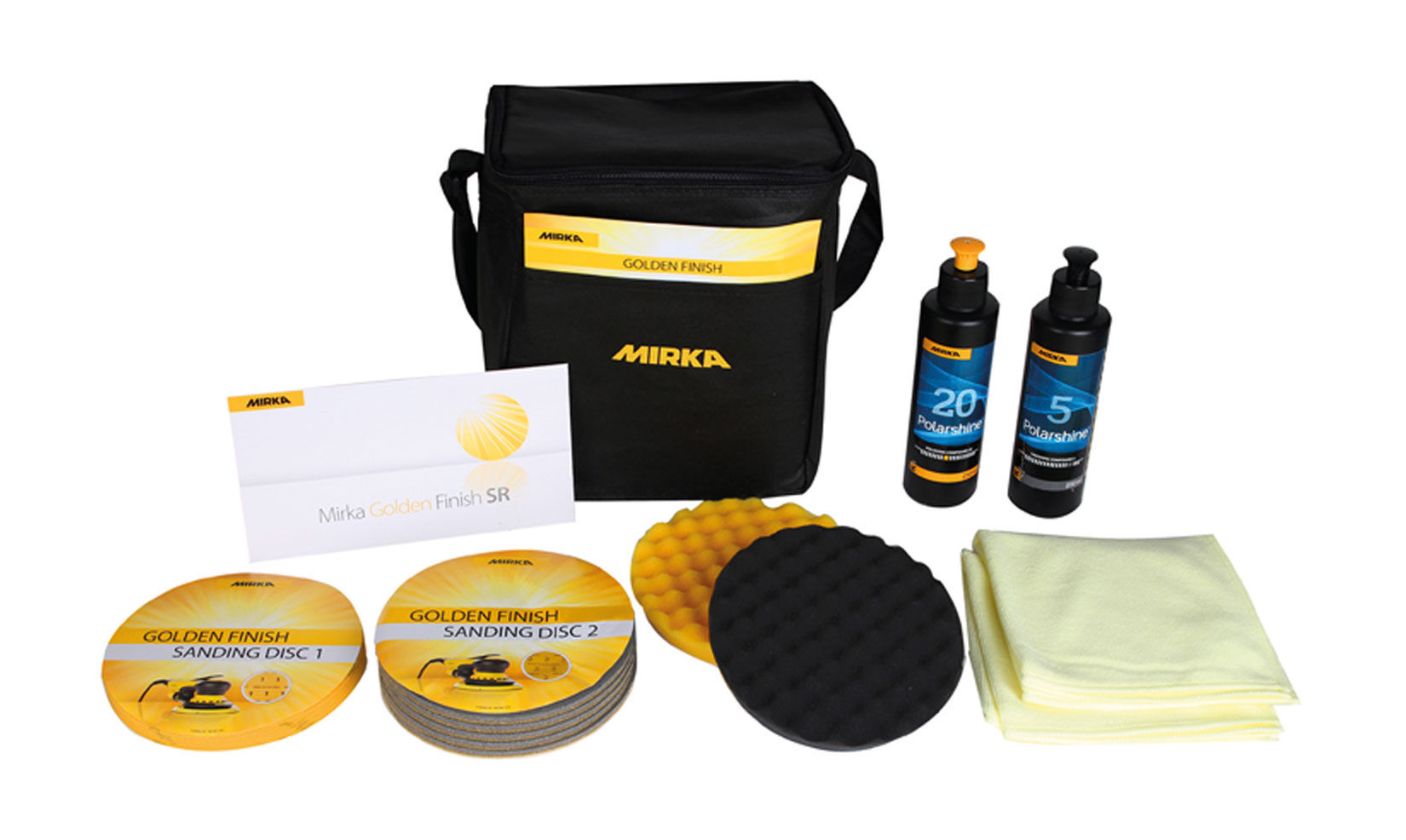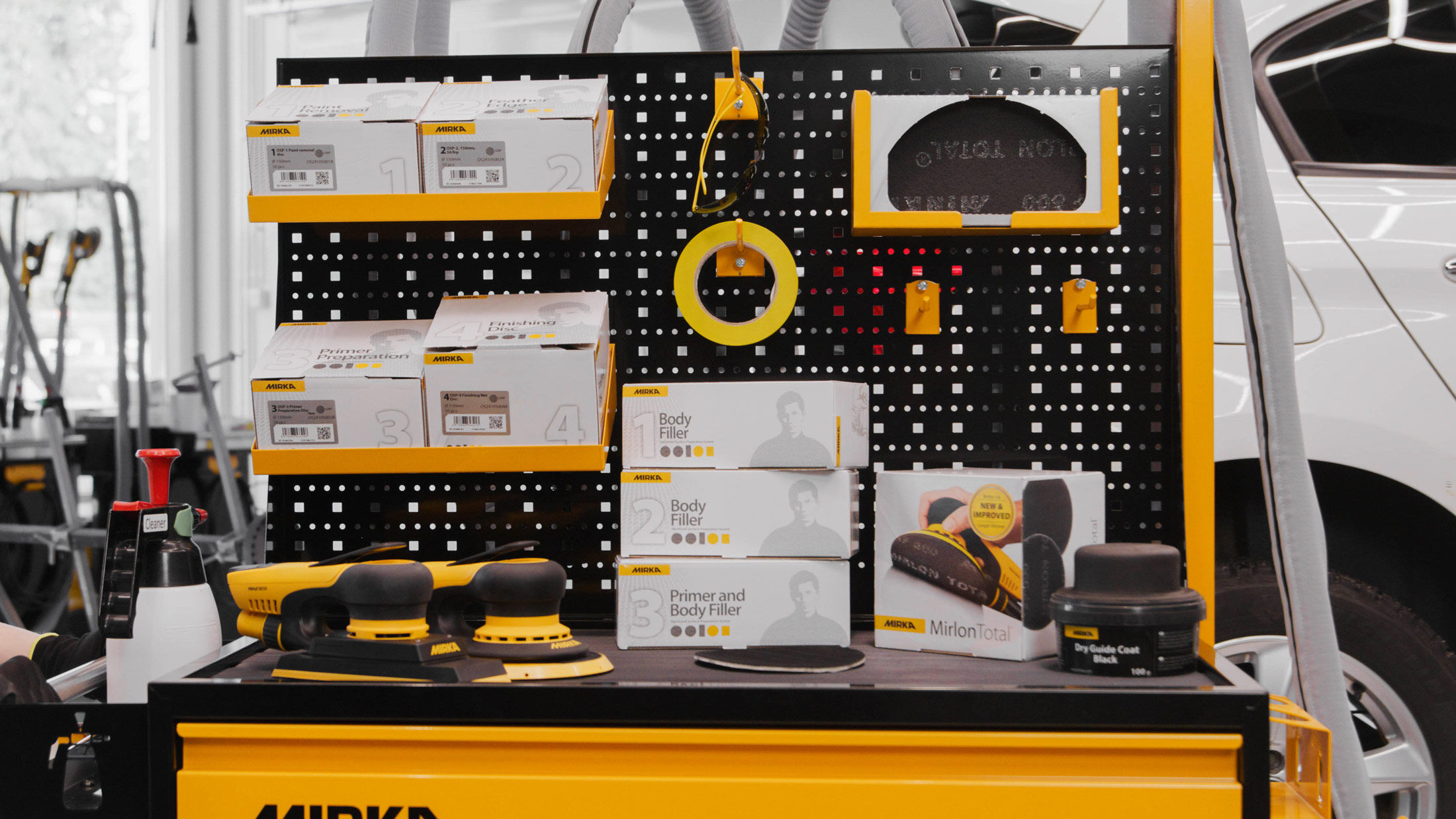What is the difference between belt joints?
Answer: Belt joint performance is a key factor for sanding belts.
The joints must be as strong as the actual sanding material and should not be too thick or too thin compared to the sanding material. The belt should also have the right shape and dimension.
Types of belt joints
A-joint
Mostly used for sanding belts made from paper, an A-joint is an overlapping joint without compensation on the sand side, e.g. without interruption in the coating. It produces a uniform sanding belt thickness, even across the joint, and results in an even sanding finish without chatter marks.
B-joint
The most common joint for sanding belts with cloth backing, the B-joint is an overlapping joint with compensation on the sand side. This means that the joint area is free of abrasive material, and this allows the cloth to overlap without the joint having to be thicker than the rest of the belt. The B-joint is also suitable for special paper products, such as Mirka’s Ultimax.
T-joint
Typically used for small cloth belts that require strength and flexibility, a T-joint is cut through the sanding belt without an overlap and the joint is attached with tape on the backing side.
TS-joint
A TS-joint is similar to a T-joint but is different in the way the connecting ends are cut. By using a TS-joint the hinge effect can be avoided. This joint type is most suitable for belts in medium grit sizes and it is most common on cloth-backed belts, although TS-joints can also be found on paper-backed belts.
TT-joint
This is a special joint where the tape is applied on the sanding side making it suited to profile sanding with a sanding pad.
